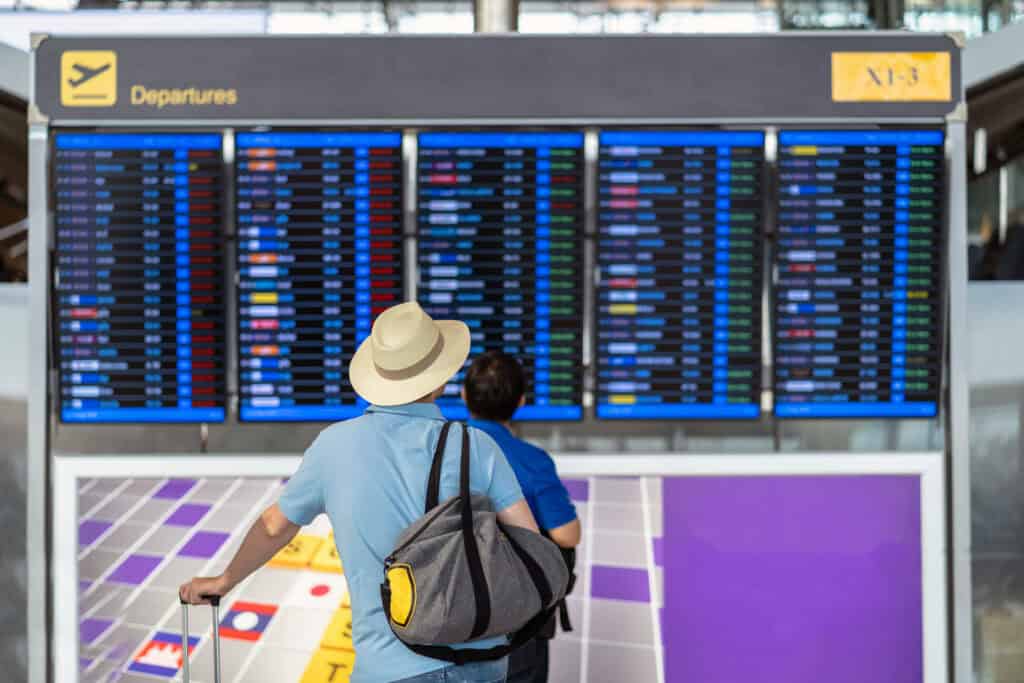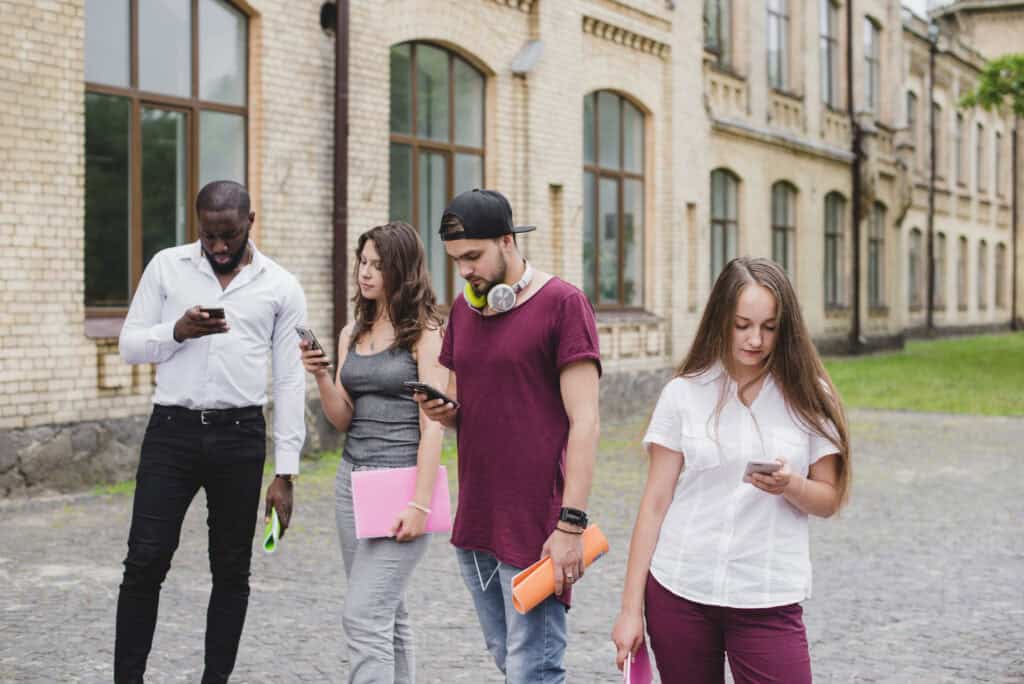We may earn money or products from the companies mentioned in this post. This means if you click on the link and purchase the item, I will receive a small commission at no extra cost to you … you’re just helping re-supply our family’s travel fund.
For decades, a trip to the United States sat high on many Asian travelers’ wish lists, tied to images of national parks, college campuses, and big-city skylines. Lately, that excitement has grown more cautious. Political rhetoric, policy shifts, and a steady stream of troubling headlines have changed how the country feels from afar. Families who once saved for outlet malls and theme parks are now comparing visa hurdles, safety reports, and friendlier alternatives before committing to a long-haul flight.
Travel Advisories From Home Governments

One of the clearest signals comes from official advisories. Ministries in parts of Asia, including China, have issued warnings about travel to the United States, citing deteriorating relations and domestic security concerns. When a government urges citizens to “evaluate risks carefully,” families and tour groups take notice. Even travelers who still want to visit may decide to postpone, choosing destinations that feel more aligned with their own country’s current diplomatic stance.
Persistent Anti-Asian Hate And Discrimination

News of anti-Asian harassment, assaults, and vandalism has traveled quickly across Asia, often amplified by social media and diaspora networks. Surveys show more than half of Asian American and Pacific Islander adults reported some form of hate in 2024, with incidents still far above pre-pandemic levels. Families weighing where to send children, parents, or students see those numbers and understandably question whether a vacation is worth the emotional risk.
Visa Costs, New Fees, And Long Wait Times

For many Asian travelers, simply securing entry permission has become more expensive and uncertain. A new “visa integrity fee” is set to push total costs above $400 for applicants from countries such as India, China, and Brazil, at the same time overall overseas visits are already declining. Long B1/B2 visa wait times in Indian cities, sometimes stretching many months, add another layer of friction. When other destinations offer quick approvals or visa-free entry, the calculus shifts away from the United States.
Border Scrutiny And Airport Interrogations

Stories of intense questioning, secondary screenings, and, in some cases, denied entry have made their way through student groups, business circles, and online forums. Travelers from Asia describe feeling singled out for device searches, social media checks, or detailed questioning about political views or academic research. While many trips still pass smoothly, the unpredictability at the border can make the journey feel less like a holiday and more like a test, especially for those already wary of geopolitical tensions.
Gun Violence And Public Safety Perception

Compared with other wealthy countries, the United States has a significantly higher rate of firearm homicides, a fact frequently highlighted in international coverage. Highly publicized mass shootings in schools, malls, and entertainment districts shape perception abroad, even if statistical risks to tourists remain relatively low. Parents in cities from Seoul to Singapore increasingly ask whether a shopping trip or theme park vacation justifies exposure to a security landscape they do not fully understand.
Political Rhetoric And Anti-Immigrant Tone

Campaign seasons and high-profile speeches often feature sharp language about immigrants, foreign students, and rival nations. For travelers from Asia, hearing their countries framed as strategic adversaries or economic threats can make the idea of visiting feel less welcoming. Analysts point out that harsh border policies, travel bans, and public narratives about outsiders have already contributed to measurable declines in international arrivals. Even those who love American culture notice when the tone shifts.
Easier, Friendlier Alternatives In Asia And Europe

While the United States tightens entry rules, places such as Japan, Thailand, Singapore, and parts of Europe have focused on simplified visas or expanded visa-free access for many Asian passport holders. Airlines promote multi-city itineraries that keep travelers within regions that feel culturally familiar and politically calmer. When travelers compare a complex American visa process with a straightforward hop to a nearby hub, the “dream trip” sometimes slides down the priority list in favor of destinations that outwardly compete for their presence.
Decline In Study And Work Pathways

Educational and professional routes often anchor long-term travel patterns. As Chinese student numbers in the United States decline due to tensions and safety concerns, fewer families build visits around graduations, school tours, or extended stays. Similar trends appear in some other Asian markets, where stricter visa scrutiny and uncertainty about post-study options dampen enthusiasm. When those anchor trips shrink, so does the web of relatives and friends who might have combined reunions with national park tours or big-city sightseeing.
Social Media Amplifying Every Bad Experience

Isolated incidents that once stayed local now travel across borders in minutes. Videos of discriminatory remarks, confrontations in public spaces, or difficult visa interviews circulate on platforms popular across Asia. Even if millions of visits proceed without drama, highly shareable negative clips and long comment threads can shape perceptions more strongly than tourism board campaigns. In that environment, a single bad story often weighs more than a dozen glossy photos, and nervous travelers quietly redirect their bookings elsewhere.
Other Blog Posts You Might Enjoy
www.idyllicpursuit.com (Article Sourced Website)
#Reasons #Asian #Travelers #Avoiding #Growing #Political #Tensions #Idyllic #Pursuit
